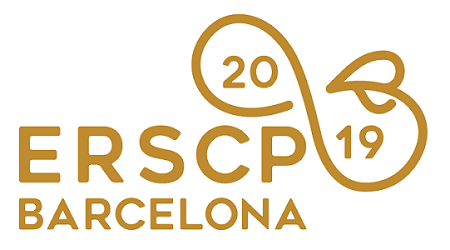Papers Proceedings »
Extending the Material Circularity Indicator (MCI)
The Circularity Indicators LIFE Project joined the Ellen MacArthur Foundation and Granta to develop indicators that would assist decision-making for increasing the value of the resources applied in product-service development in a context of resource constraints. The indicator developed was the Material Circularity Indicator (MCI). MCI inputs are reused and recycled feedstock, recycling efficiency, destination after use, lifespan and functional unit. The result is a value between 0 and 1 whether higher value indicates higher circularity. The present work is part of KATCH_e project: a knowledge alliance between Higher Education, companies and research centres to promote the transition to circular product-services in the construction and furniture sectors. This work presents an extension of the MCI to adapt it to parts level, considering materials and transport and adding more processes efficiencies and additional material loops. The motivation for this is that the result of the indicator would reflect more changes in case that the product-service developers integrate more cycles to increase the obtained value of the resources. Another aim was the possibility to be more flexible evaluating the circularity of the products. To address this, first the Ellen MacArthur butterfly diagram is compared with the material flows diagram of the MCI tool. The next step is to define an extended material flow diagram with new parameters as inputs for the extended indicator; these new parameters are: recover, repair, landfill (for “end of life” step) and transport. The new parameters are implemented in an excel tool. The tool also implements the possibility to calculate the indicator for several components, making possible to compute the result at parts/material level and working in terms of mass or fraction of the parts or material. Another change is that it takes into account the materials for each of the parts of a product. Regarding the processes efficiency input data, baseline values for selection and reprocessing process for several materials are added, extending the “Recycle efficiency” of MCI tool. In order to analyse if the results are different with the original MCI and with the adaptation and to study the feasibility of the circularity indicator extension, furniture products have been chosen to compare the results with both tools. The products chosen have been designed according to some circular economy principles to be able to test the tools in the most complete way. Also, several circularity scenarios are defined, changing the input data for each product according to different raw material and end of life scenarios. The results provide that the addition of more circularity parameters leads to a more precise assessment of the circularity of a product.
